Struggle, Conflict and Small Joys: A Selection of Danish Siddiqui's Photographs
New Delhi: Danish Siddiqui, a name most Indian newsrooms would consider their mainstay when it came to editorial photo selection, was killed on the night of July 15, while covering clashes between the Taliban and Afghan Special Forces.
The Pulitzer Prize-winning photojournalist, who headed the India multimedia team at Reuters, has been responsible for taking some of the most defining photographs of human struggle and conflict in the last decade.
In addition to his searing photographs of the Rohingya crisis, Siddiqui took images that brought to light the extent of Muslim suffering in the February 2020 communal violence in Delhi and the sheer weight of deaths in the second wave of COVID-19 in India.
For a consumer of news, Siddiqui's images accompanied events that were often so enormous in scale that were it not for the photographs, the extent of their hugeness would be lost. However – as many journalists, editors, sub-editors and designers have noted on social media in the aftermath of his death – for those who produce news, Siddiqui's photographs were loyal company as India and its neighbours leaped from one newsworthy event to another. Through his work, he has palpable presence in nearly every newsroom.
Here is a selection of some of his work through the years.
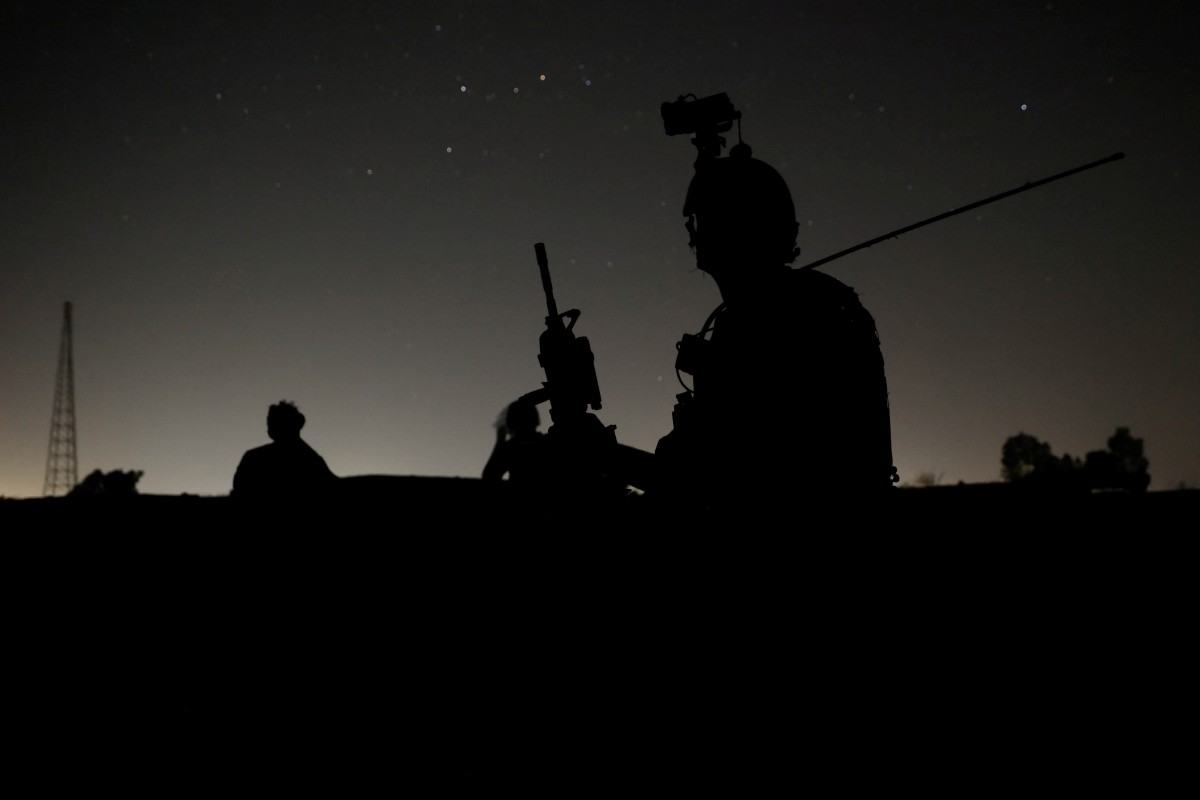
Members of the Afghan Special Forces keep a watch as others search houses in a village during a combat mission against Taliban, in Kandahar province, Afghanistan, July 12, 2021. Picture taken July 12, 2021. Photo: Reuters/Danish Siddiqui
The above is one of the photographs released from Siddiqui's last assignment, in the course of which he was killed. The journalist was embedded with the Afghanistan Special Forces.
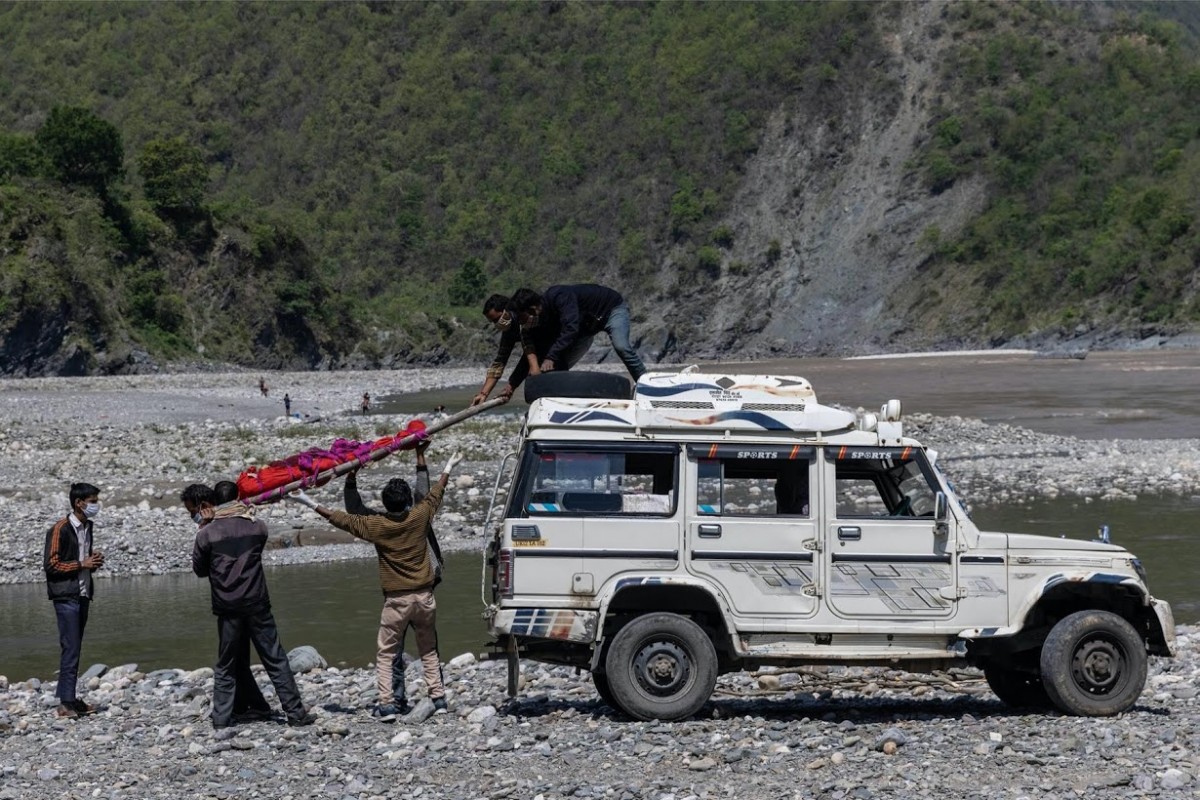
A woman's relatives carry her body to be cremated on the banks of the river Ganges in the Pauri Garhwal of Uttarakhand, on May 24, 2021. Photo: Reuters/Danish Siddiqui
Siddiqui's work often singularly focused on those most affected by headline-making events – people at the grassroots. He specialised in capturing images that wrung the everyday truth out of manmade conflict.
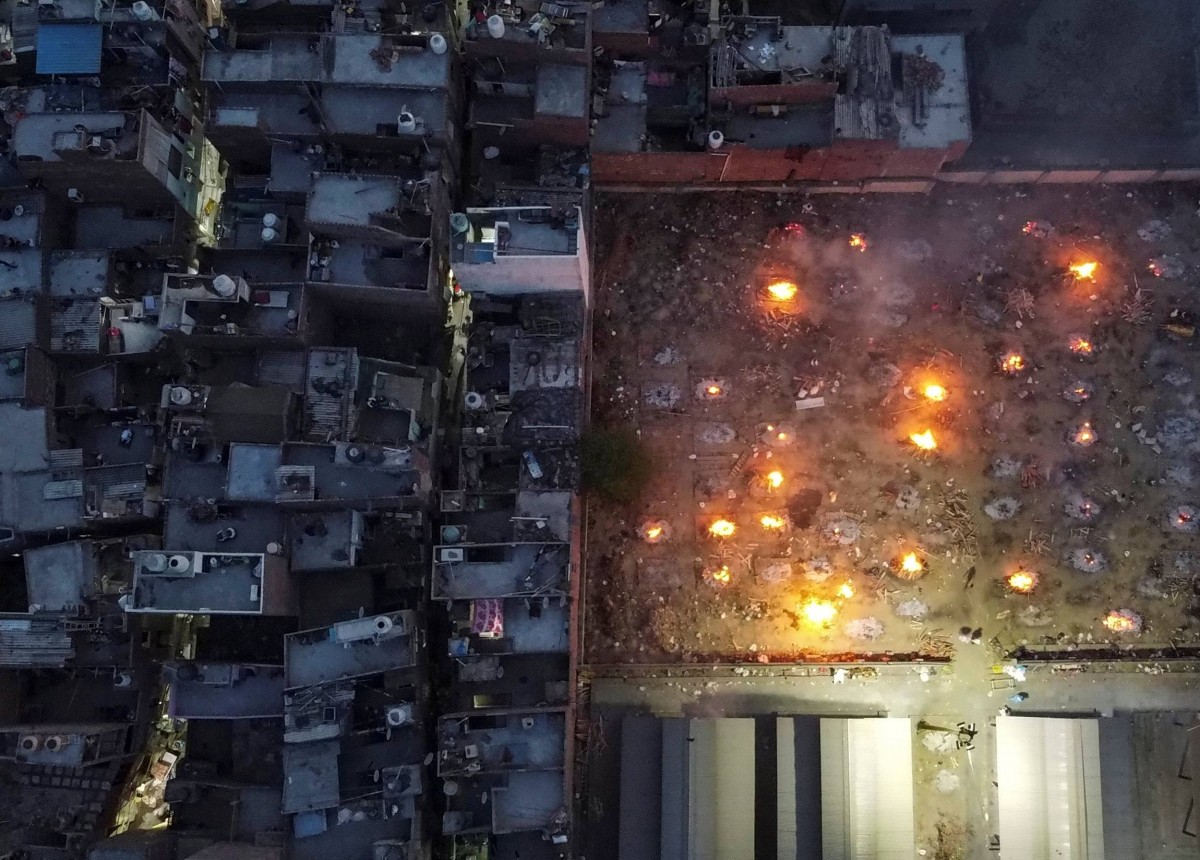
A mass cremation of victims who died due to the coronavirus disease (COVID-19), is seen at a crematorium ground in New Delhi, India, April 22, 2021. Picture taken with a drone. Photo: Reuters/Danish Siddiqui
But his photographs also found time to meditate on the rawness of personal suffering – suspending them in time – as his photographs from the second wave of COVID-19 and the deaths and despondence they brought, as well as the migrant workers' efforts to reach home during a hastily called lockdown last year, are proof.
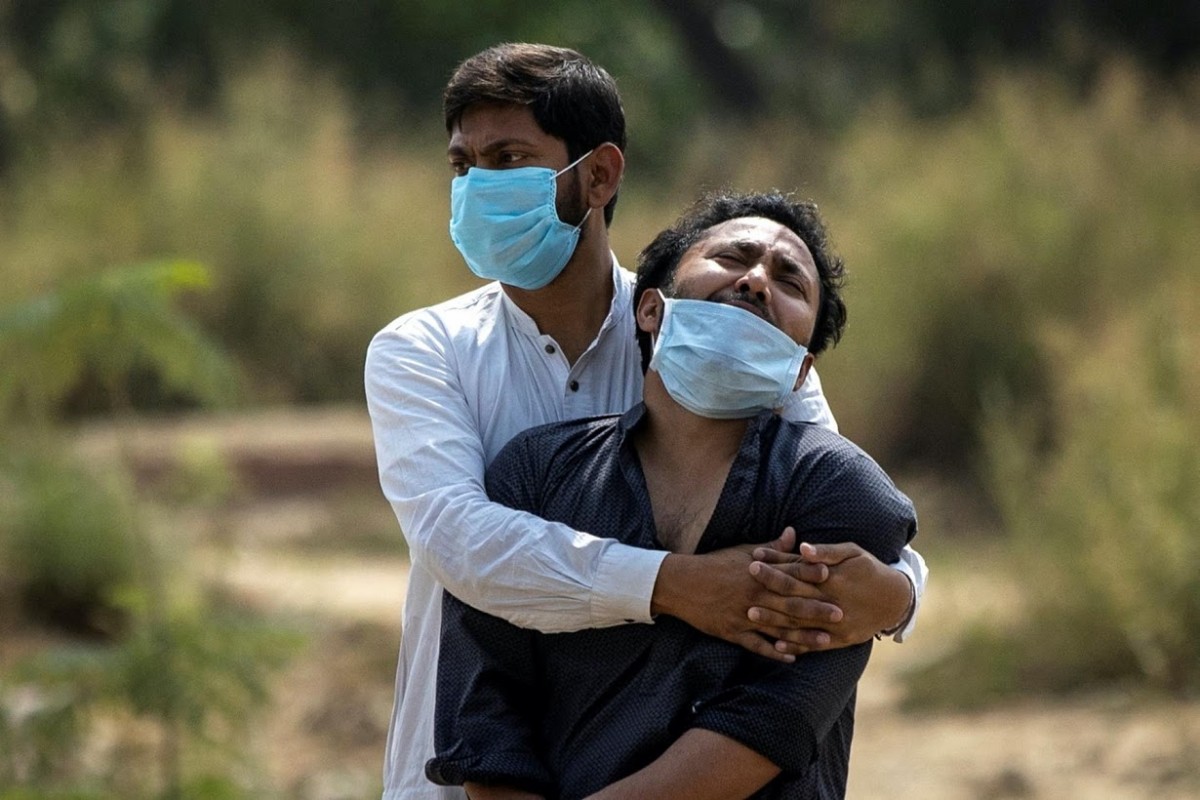
A man is consoled by his relative as he sees the body of his father, who died from complications related to COVID-19, before his burial on April 16, 2021, at New Delhi. Photo: Reuters/Danish Siddiqui
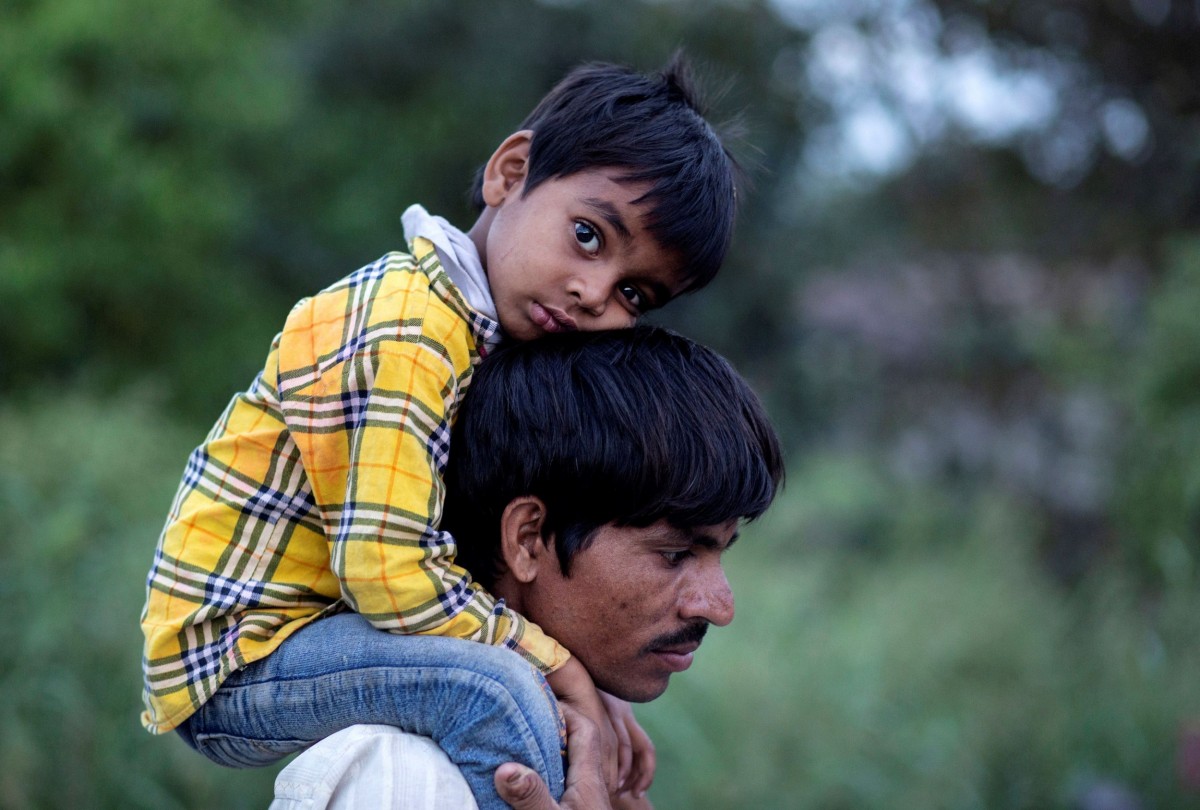
Dayaram Kushwaha, a migrant worker, carries his 5-year-old son, Shivam, on his shoulders as they walk along a road to return to their village, during a 21-day nationwide lockdown to limit the spreading of coronavirus, in New Delhi, India, March 26, 2020. Photo: Reuters/Danish Siddiqui
As farmers' approached Delhi's borders for a protest against the agriculture laws that is yet to dissolve, Siddiqui covered not just the borders themselves but also the regional support gatherings that took place.
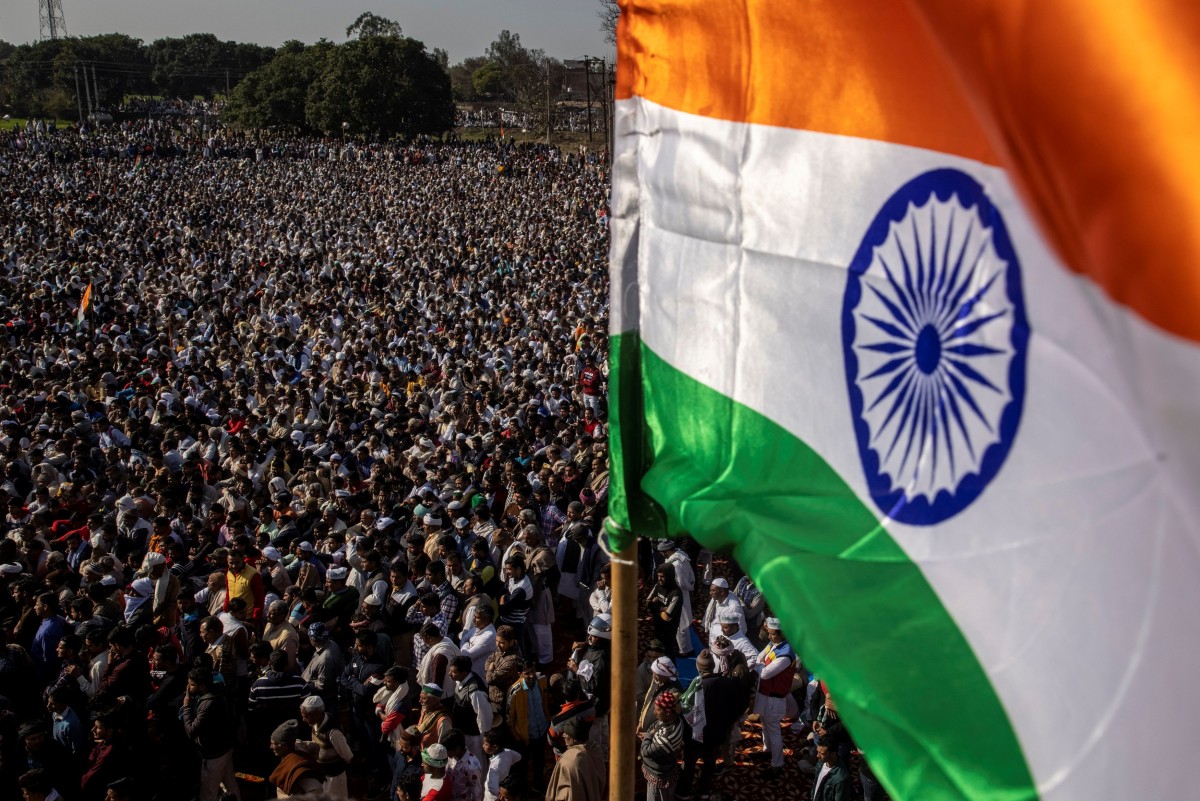
People attend a Maha Panchayat or grand village council meeting as part of a farmers' protest against farm laws at Bhainswal in Shamli district in the northern state of Uttar Pradesh, India, February 5, 2021. Photo: Reuters/Danish Siddiqui.
The photograph below, from the communal violence in northeast Delhi, showing a group of men viciously beating up an isolated Muslim man was chosen as one of the defining photographs of 2020 by Reuters.
Siddiqui's photograph paved the way for individual reporters, including those from The Wire, to follow up on how the man faired. Read more on him here.
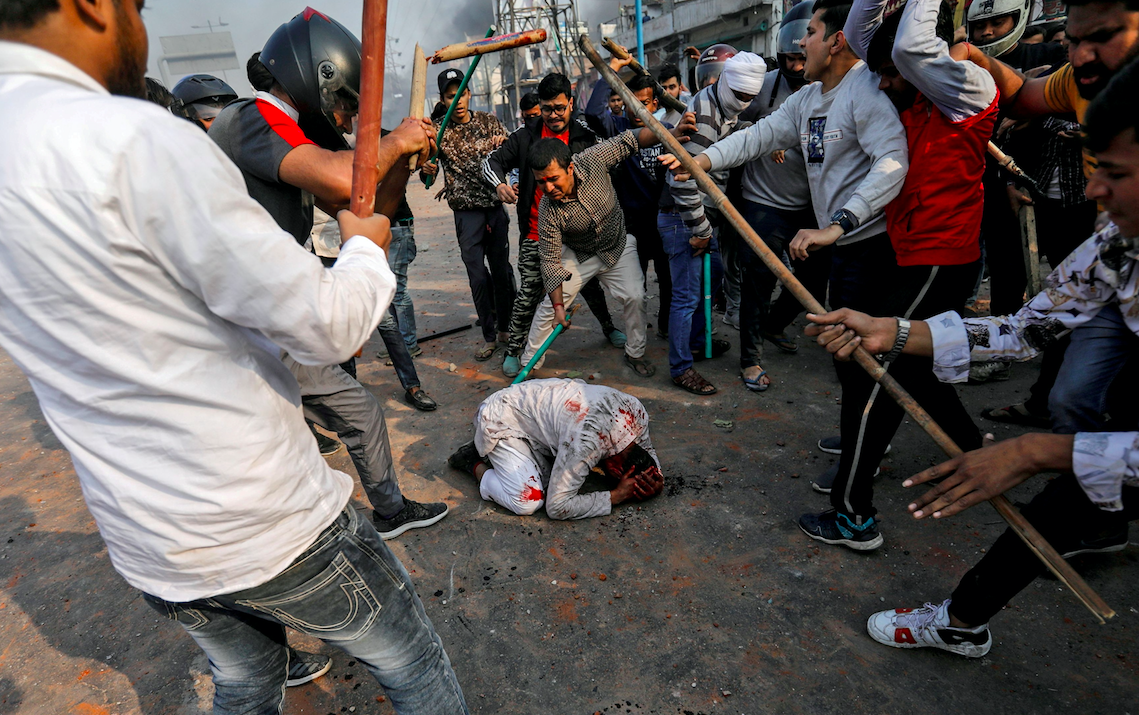
A group of men chanting pro-Hindu slogans, beat Mohammad Zubair, 37, who is Muslim, during protests sparked by a new citizenship law in New Delhi, India. Photo: Reuters/Danish Siddiqui
Before the riots, Siddiqui extensively photographed the protests against the Citizenship (Amendment) Act. On one such day, a then minor opened fire at Jamia Millia Islamia students in New Delhi. Photographs by Siddiqui captured the taut danger of the situation and also the fact that police remained largely immobile while the shooter was brandishing a firearm, eventually injuring a young man.
A day after Siddiqui's death, a Gurugram court rejected the bail application of the Jamia shooter, who was arrested by the Haryana police recently after he gave a provocative speech at a mahapanchayat in Pataudi.

The shooter brandishes a gun outside the Jamia Millia Islamia university in New Delhi, India, January 30, 2020. Photo: Reuters/Danish Siddiqui. The Wire has blurred his face as he was a minor at the time of the crime.
Along with single photographs that told entire stories of extraordinary problems, Siddiqui also worked for reports that reflected pressing yet longstanding issues.
In the image below, for instance, is a crowded and expensive Mumbai apartment that stands as a symbol of urban renting woes.
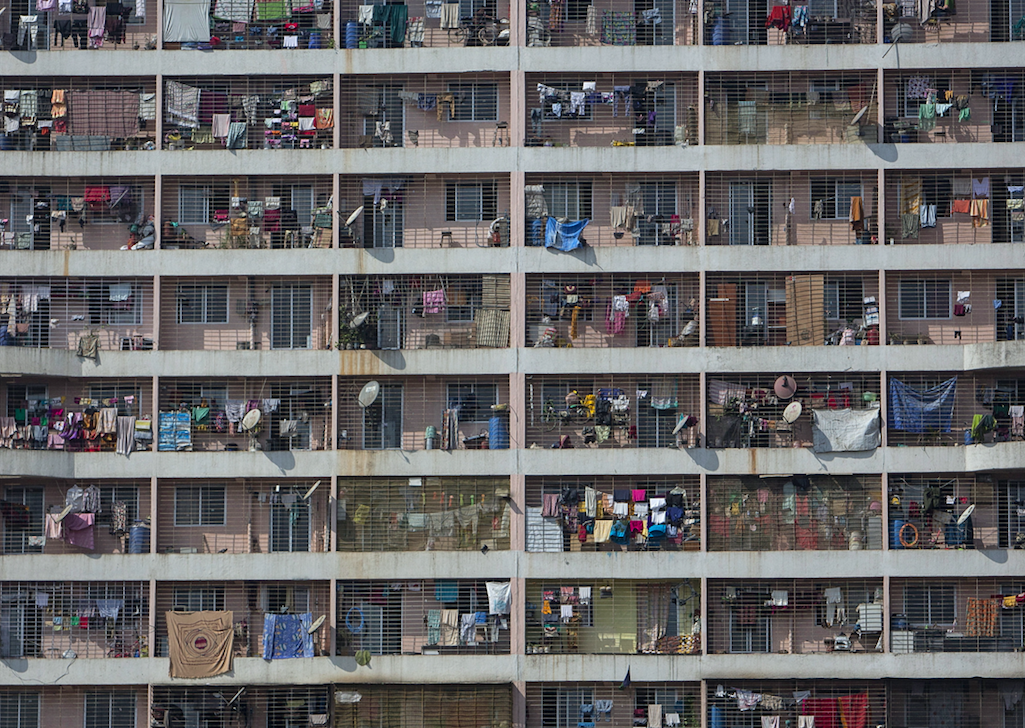
Windows of various apartments of a high-rise residential building are seen in the western suburb of Mumbai February 8, 2014. Photo: Reuters/Danish Siddiqui
Another example of his work on all that is left to be remedied in big cities is an in-depth report on Mumbai's rat catchers who are expected to kill at least 30 rodents each night and hand over the carcasses to civic officials in the morning. If they fall short by even one body, they are expected to make it up the next night, otherwise they stand to lose a day's pay.
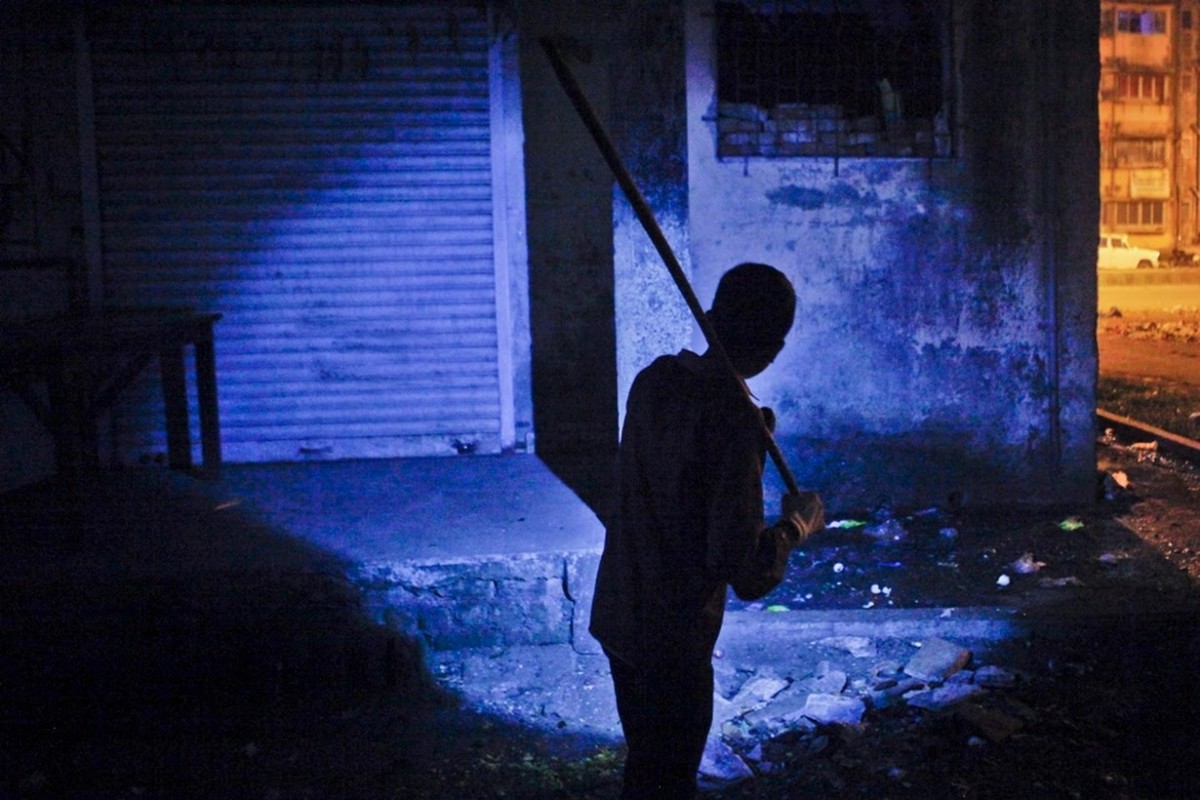
Waseem Sheikh, 12, searches for rats with a torch outside a residential complex on October 21, 2011 in Mumbai. Photo: Reuters/Danish Siddiqui.
Siddiqui's work was not limited to the urban poor. Siddiqui's 2012 portrait of a representative from a group which is almost the least photographed among India's working class – a girl child labourer – sets the tone for that.
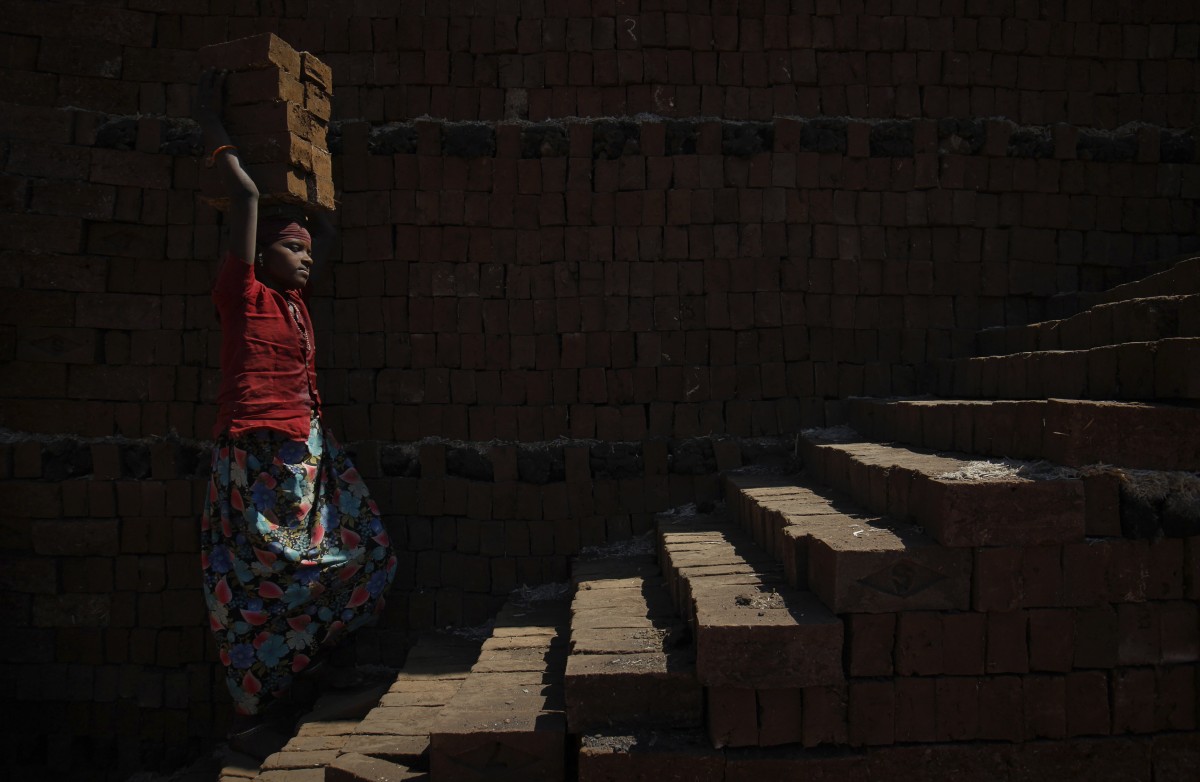
Vidya, 12, carries bricks to be baked in a kiln at a brickyard in Satara district, about 396km (246 miles) south of Mumbai February 13, 2012. Reuters/Danish Siddiqui
In the 2013 image below, the realities of minors forcibly being married off are highlighted. Krishna, 14, sits with her four-month-old baby Alok outside her house in a village near Baran, located in Rajasthan. Krishna was married to her husband Gopal when she was 11 and he was 13. Krishna had a very difficult delivery, losing lots of blood and remained in the hospital for several days, says the report.
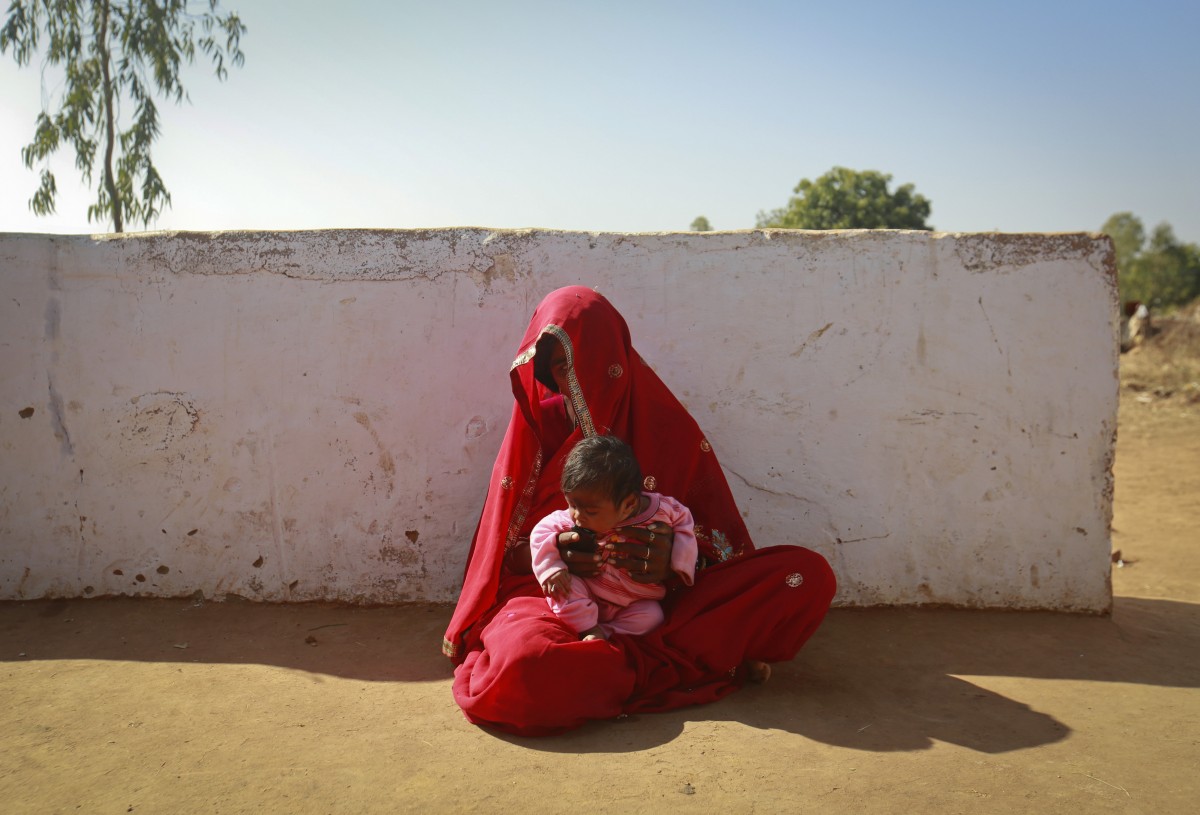
Krishna, 14, sits with her four-month-old baby Alok outside her house in a village near Baran, Rajasthan. Photo: Reuters/Danish Siddiqui
Photographs by Siddiqui, of the Rohingya crisis, not only won accolades but also acted as a window for the world to recognise the depth of the genocide and the endless struggle of a people locked in a refugee camp with nowhere to go.
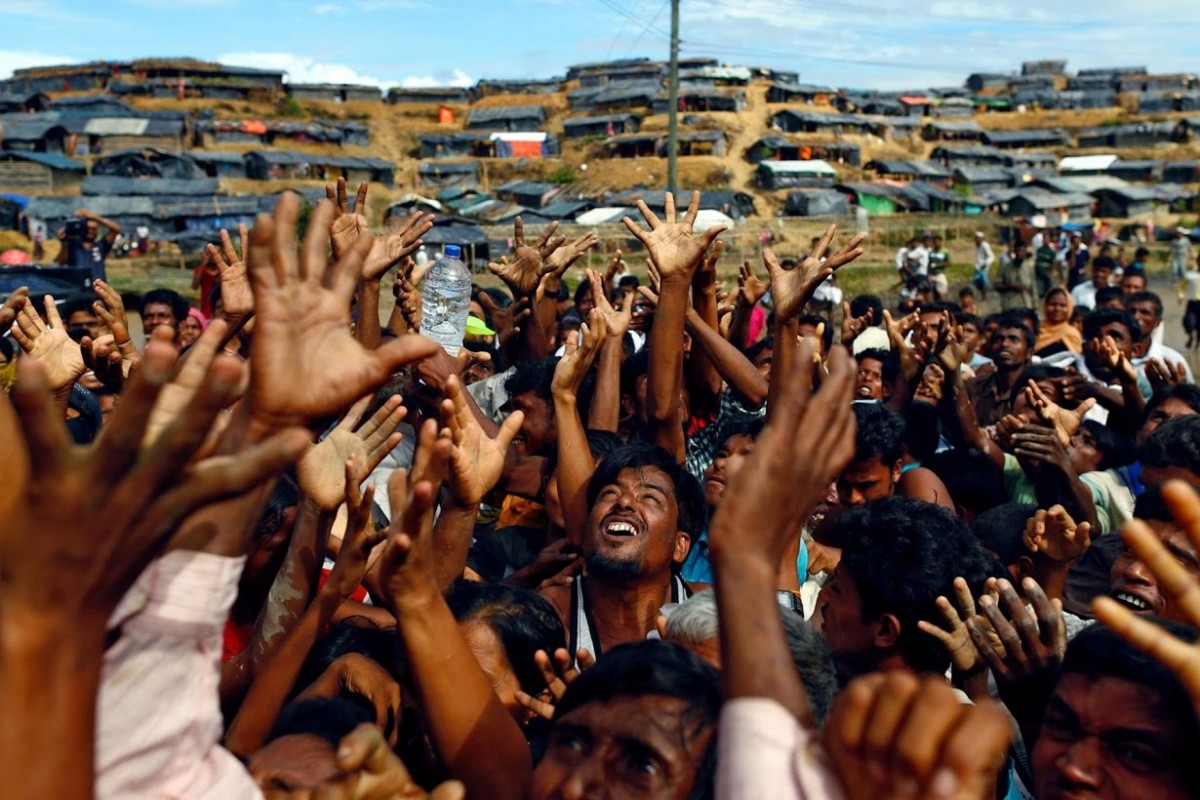
Rohingya refugees wait for aid at Cox's Bazaar in Bangladesh. Photo: Reuters/Danish Siddiqui
The following image of Kashmir is one among many taken by Siddiqui and his colleagues in the aftermath of the reading down of Article 370 in the erstwhile state, plunging the new Union Territory into a nearly one-and-half-year-long internet shutdown.
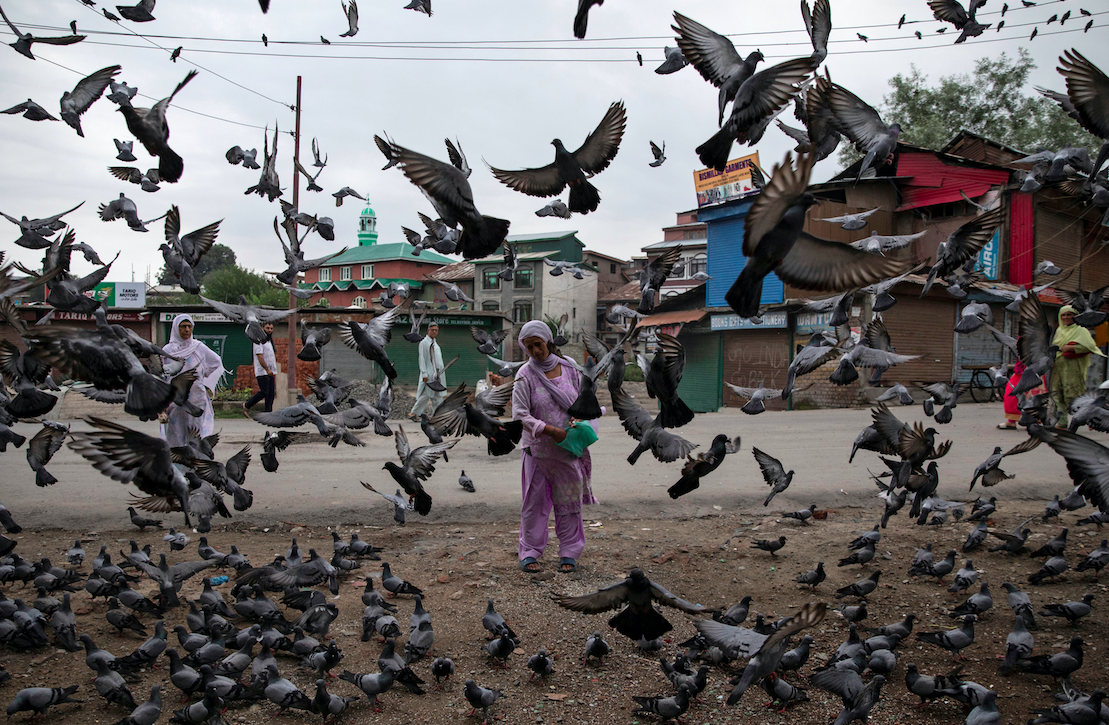
A Kashmiri woman feeds pigeons at a street during restrictions after the scrapping of the special constitutional status for Kashmir by the government, in Srinagar, August 11, 2019. Photo: Reuters/Danish Siddiqui
Observing how aspects of everyday culture have been turned into zones of contestation in a time of increasing polarisation and majoritarianism, played a big role in Siddiqui’s work. An example of this are the two images below.
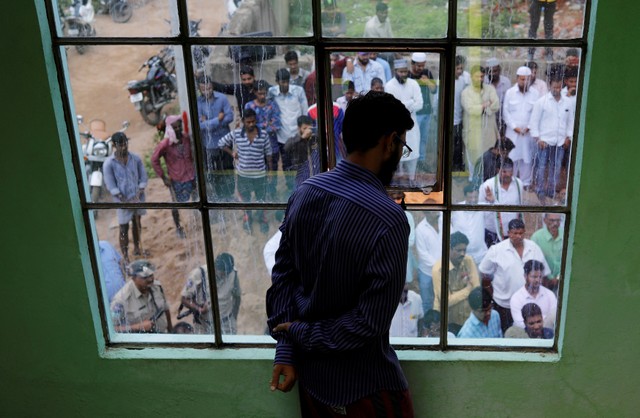
Mohammed Aslam, brother of Mohammed Azam, who was lynched by a mob, looks out of his house as people gather to give their condolences to the family in Hyderabad, India, July 18, 2018. Photo: Reuters/Danish Siddiqui
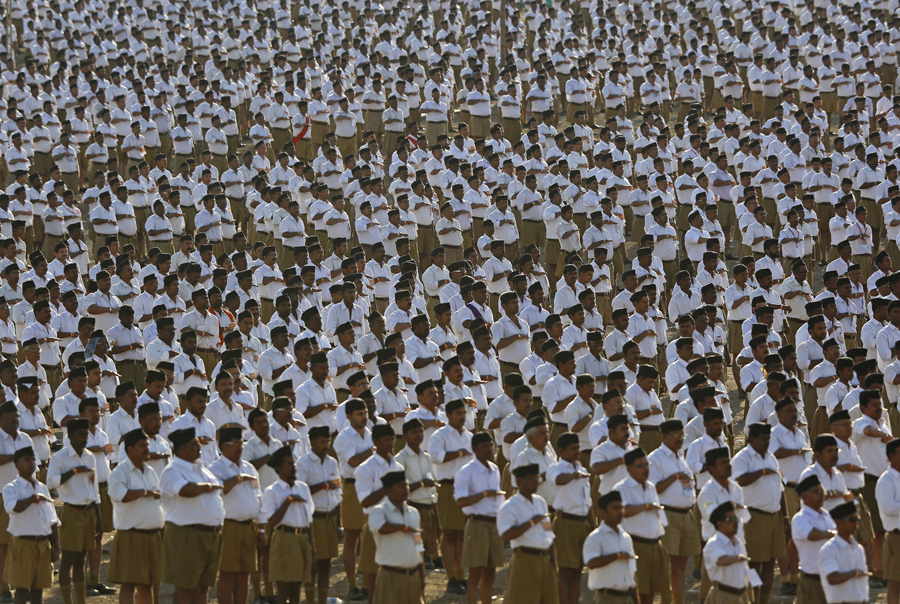
Volunteers of the Hindu nationalist organisation Rashtriya Swayamsevak Sangh (RSS) pray as they attend a conclave on the outskirts of Pune, India, January 3, 2016. Photo: Reuters/Danish Siddiqui
As a mark of how all-pervading Siddiqui's work was when it came to daily news production, the photograph below (and several others taken by him of India's public institutions, banks and government buildings) has accompanied news reports across a range of topics having to do with the Reserve Bank of India, offering easy opportunity for illustration for many a news item.
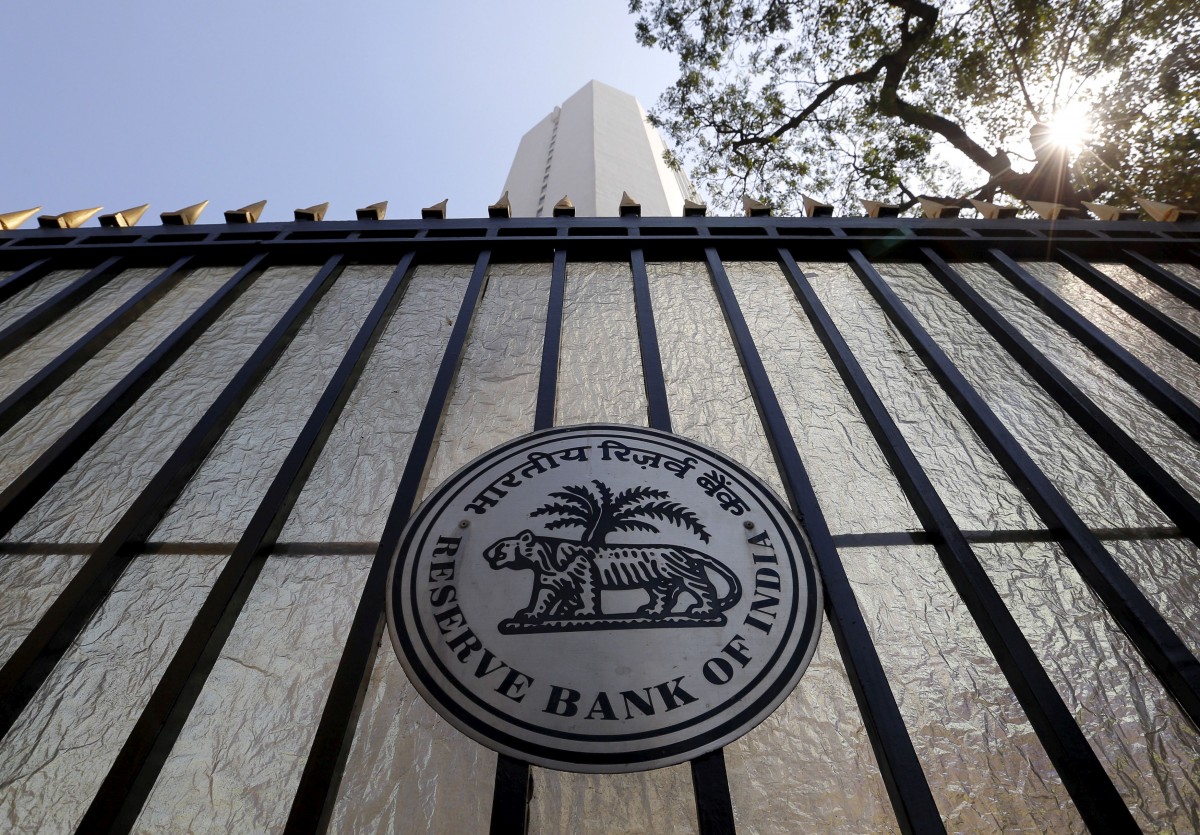
The Reserve Bank of India seal is pictured on a gate outside the RBI headquarters in Mumbai, India, February 2, 2016. Photo: Reuters/Danish Siddiqui
Another example of an image that has been used multiple times – but a considerably more brutal one – is below.

A homeless girl asks for alms outside a coffee shop in Mumbai, India, June 24, 2016. Photo: Reuters/Danish Siddiqui
Finally, in the 2010 image below, Siddiqui's photographs young men watching the film Dilwale Dulhania Le Jayenge at Mumbai's Maratha Mandir.
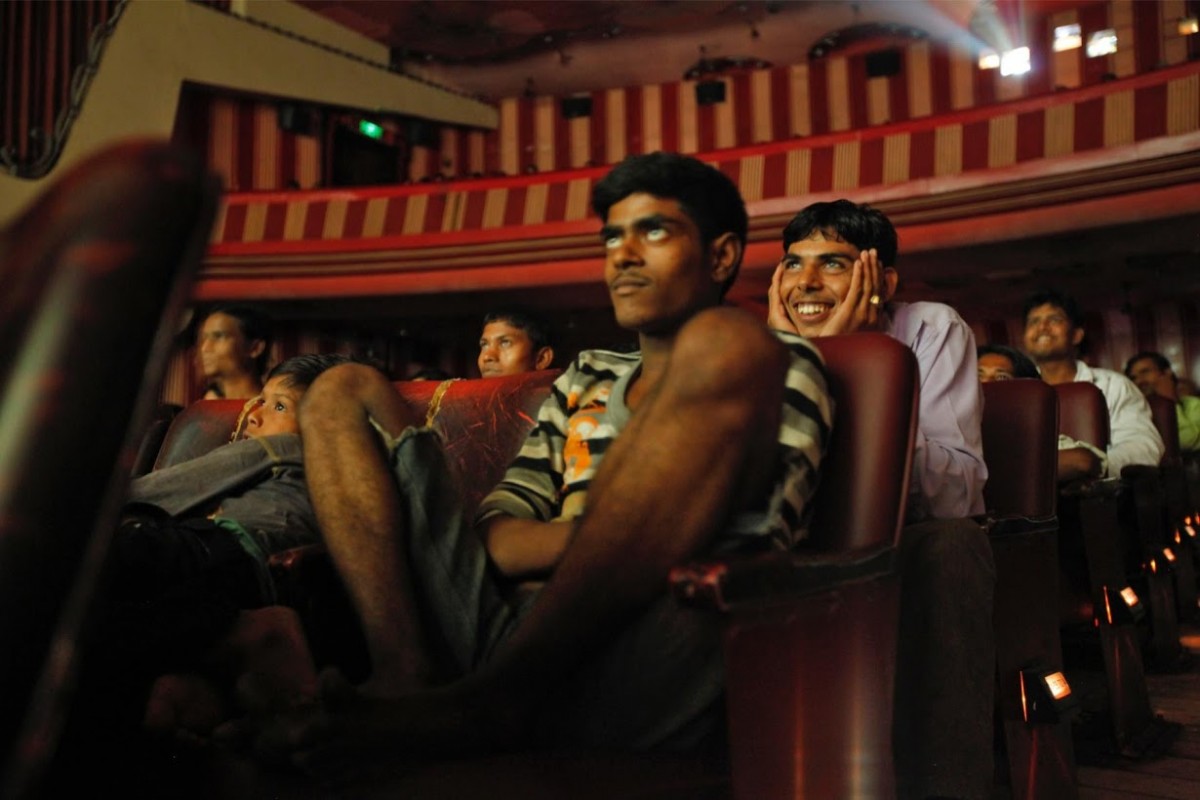
People watch a Bollywood film inside Maratha Mandir theatre in Mumbai July 11, 2010. Photo: Reuters/Danish Siddiqui
In his profile page on Reuters' website, Siddiqui said, "I photographed people watching a romantic Bollywood film while I was doing a feature on a Mumbai theatre, which has been showing the same film for the last 15 years. The way a film can help people forget their worldly worries, everyday hassles, and cares makes this picture special for me."
This article went live on July sixteenth, two thousand twenty one, at thirty minutes past six in the evening.The Wire is now on WhatsApp. Follow our channel for sharp analysis and opinions on the latest developments.




